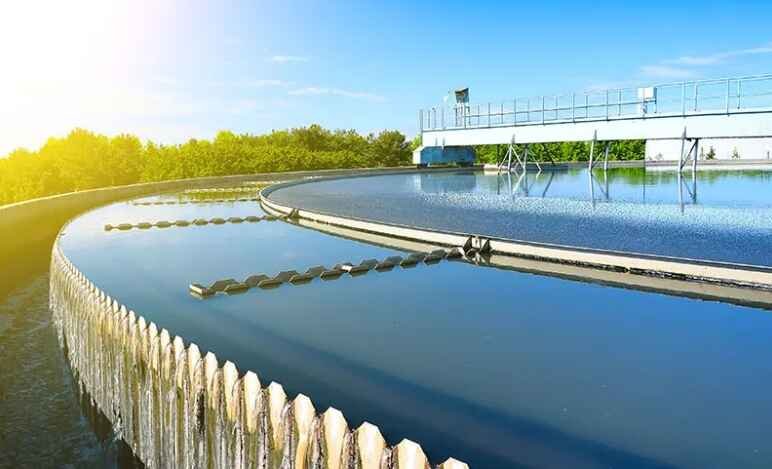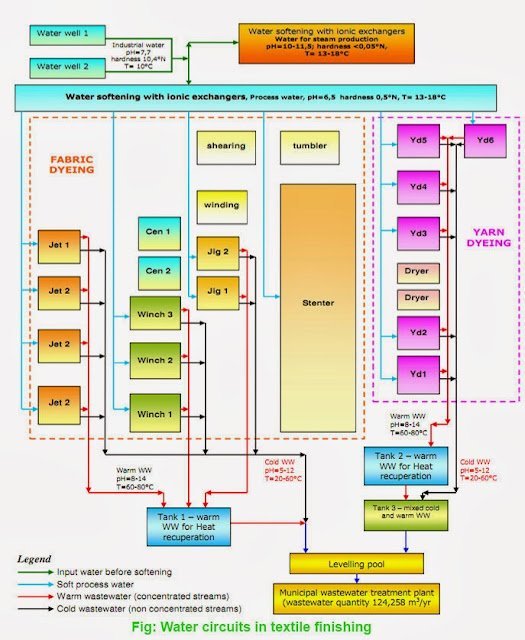Dying Waste Water Treatment Methods for Sustainable Practices
Treating dyeing wastewater is necessary to mitigating its environmental impacts. Large industrial effluents containing dangerous chemicals must be treated to prevent water pollution. Chemical treatment for dyeing wastewater and membrane filter presses remove impurities efficiently. Zero-liquid discharge systems recycle water for sustainability. Silane additives and silicone-based water repellents improve dyeing sludge dewatering and treatment efficiency. Industry flexibility is provided by portable filter press systems’ on-site sludge management. Using new technologies and sustainable procedures to treat dying waste water protects the environment and conserves resources.

Common Dye-Containing Wastewater Treatments
One of the best ways to remove pollutants from dyeing effluent is chemical treatment. Industry uses coagulants and flocculants to separate particles and liquids for cleaner effluents. Optimizing these procedures requires dyeing wastewater pH modification to boost chemical reaction efficiency. Advanced filtration for dyeing effluents, such as membrane filter presses, increases water recovery and lowers sludge moisture. These systems improve water quality and promote sustainability.
Eco-friendly dyeing wastewater solutions are popular due to their low environmental impact. Zero-liquid discharge systems recycle water without liquid waste. Silane and silicone chemicals improve dye adherence and water resistance. Sustainable textile wastewater recycling is in demand, and these methods comply with environmental standards.
Sludge dewatering on-site with portable filter press equipment is flexible and efficient for industries. Mobile filtration systems reduce textile effluent volume and make disposal easier. Lab-scale filter presses help industries test and improve wastewater treatment technologies. Using chemical treatments, modern filtration, and eco-friendly technologies ensures comprehensive and sustainable dying waste water treatment.
Dyeing Wastewater Affects Water Quality and Ecosystems
Due to its high chemical and synthetic dye content. Chemicals in untreated dyeing effluents harm aquatic life and pollute waterways. These contaminants deplete water oxygen. Effective treatment is needed because heavy metals and persistent organic compounds worsen environmental degradation.
In dyeing wastewater treatment, pH correction is important. Coagulants and flocculants. For textile wastewater treatment, coagulants agglomerate tiny particles and flocculants cluster them for easier removal. This technique removes dangerous pollutants.
Zero-liquid discharge systems recycle water and reduce waste to solve these problems. Membrane filter presses boost water recovery and reduce sludge moisture. These technologies reduce dyeing wastewater’s environmental impact and increase textile sustainability. Using extensive treatment methods protects ecosystems and conserves water.
Synthetic Dye Removal from Wastewater Challenges
Complex chemical structures and resistance to degradation make synthetic dye removal from wastewater difficult. High dyeing sludge volume complicates disposal and raises treatment costs. Dyeing operations require sludge dewatering to reduce waste and enhance efficiency. Advanced sludge filter press machines like chamber filter presses help dewater and reduce environmental impact.
Solid-liquid separation in textile wastewater treatment is another major issue. Effluents often contain suspended synthetic colors. Flocculants and coagulants for dyeing wastewater treatment aggregate fine particles for filtration. These compounds boost solid-liquid separation efficiency.
Due to their chemical stability, synthetic dyes require strong treatment methods to break down contaminants. Chemical treatment and membrane filter presses remove pollutants and recover water from dyeing wastewater. Zero-liquid discharge systems recycle treated water and eliminate liquid waste.
Sustainable Dyeing Wastewater Treatment
Eco-friendly dyeing wastewater treatment technologies reduce environmental impact and maintain efficiency. In modern textile finishing, silicone and silane compounds are necessary. Silane-based water repellents make fabrics stronger and reduce water absorption, while silicone emulsions smooth and retain color in dyeing auxiliaries. These compounds improve treated wastewater and promote textile sustainability.
Dyeing equipment can dewater sludge on-site with mobile filtration systems. Portable filter press machines efficiently reduce sludge volume and disposal. Industries needing flexible and fast wastewater control benefit from these solutions. Mobile filtering reduces waste and reuses water.
By recycling treated water and reducing liquid waste, zero-liquid discharge systems complement these options. Membrane filter presses improve water recovery and diminish sludge moisture. Industrial dying waste water treatment can be thorough and sustainable by merging silane and silicone chemicals with mobile filtering systems. These approaches handle environmental concerns and meet strict wastewater treatment laws.
Dye Wastewater Treatment Technology Advances
Innovative dye wastewater treatment systems improve efficiency and sustainability. High-efficiency membrane filter presses are a leading water recovery method. These systems remove impurities using advanced filtering membranes to maximize water reuse. They also minimize sludge moisture. Zero-liquid discharge businesses benefit from this technology.
Chemical-heavy effluents are handled well by stainless steel filter presses. A corrosion-resistant construction assures longevity and reliability in treating severe chemical effluent. These presses are appropriate for industries with strict environmental and safety standards because they keep treatment areas clean. Additionally, their solid-liquid separation efficiency improves treatment effects.
Lab-scale filter presses are necessary for textile wastewater treatment R&D. Before full-scale adoption, these small-scale systems let industries test and optimize treatment procedures. They help create bespoke wastewater treatment solutions that are effective and cost-effective. Integrating membrane filter presses, stainless steel filter presses, and lab-scale systems allows enterprises to use cutting-edge technologies to treat dying waste water sustainably.
Dying Waste Water Treatment using Filter Press Machines
Dying waste water treatment relies on filter press machines for efficient sludge dewatering and water recovery. For industries that need quick, mobile sludge management, portable filter presses are suitable. These technologies efficiently reduce dyeing wastewater sludge and make disposal easier. Portable filter presses also help enterprises meet environmental criteria while operating efficiently.
Chamber filter presses can dewater sludge in huge quantities. These machines precisely separate sediments and liquids. Industries looking to maximize wastewater treatment may trust its sturdy design to handle high sludge quantities. Sludge disposal is reduced via chamber filter presses.
Sludge dewatering in dyeing wastewater treatment is cost-effective with plate and frame filter presses. Traditional techniques for moderate sludge quantities are simple and efficient. Stainless steel filtering systems aid treatment by resisting corrosion and preserving hygiene. Durable and reliable, these systems work well with chemical-heavy effluents. These filter press machines enable thorough and sustainable wastewater treatment for industries.
Silane and Silicone Chemicals for Dying Waste Water Treatment
Silane and silicone compounds improve dying waste water treatment efficiency and sustainability. Silane coupling agents increase textile wastewater treatment by improving dye-fabric adhesion. Dye discharged into wastewater is reduced. Silane additions improve chemical treatment.
Silicone-based water repellents reduce water absorption and strengthen fabrics. These repellents improve textile quality and reduce dyeing wastewater. Dyeing auxiliaries such silicone emulsions improve color retention and finish.
Silicone-based high-performance textile coatings protect fabrics without using too much chemical. These coatings prolong textile life and performance. Industries can improve pollutant removal, wastewater management, and textile quality by adding silane and silicone chemicals to dying waste water treatment. These advances help textile companies achieve environmental and operational goals.


